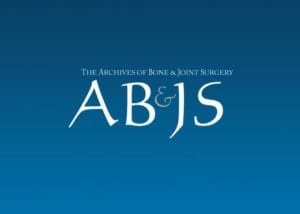
ABJS 2018
The posterior cruciate ligament (PCL) is the largest and strongest ligament in the human knee, and the primary posterior stabilizer. Recent anatomy and biomechanical studies have provided an improved understanding of PCL function. PCL injuries are typically combined with other ligamentous, meniscal and chondral injuries. Stress radiography has become an important and validated objective measure in surgical decision making and post-operative assessment. Isolated grade I or II PCL injuries can usually be treated non-operatively. However, when acute grade III PCL ruptures occur together with other ligamentous injury and/or repairable meniscal body/root tears, surgery is indicated. Anatomic single- bundle PCL reconstruction (SB-PCLR) typically restores the larger anterolateral bundle (ALB) and represents the most commonly performed procedure. Unfortunately, residual posterior and rotational tibial instability after SB-PCLR has led to the development of an anatomic double-bundle (DB) PCLR to restore the native PCL footprint and co-dominant behavior of the anterolateral and posteromedial bundles and re-establish normal knee kinematics. The purpose of this article is to review the pertinent details regarding PCL anatomy, biomechanics, injury diagnosis and treatment options, with a focus on arthroscopically assisted DB-PCLR.
Full Article: Posterior Cruciate Ligament: Current Concepts Review
